Altris presents high-capacity Prussian White cathode material for Na-ion batteries; 160 mAh/g
Green Car Congress
JUNE 30, 2023
Swedish sodium-ion battery developer Altris presented a pure Prussian White cathode material with a capacity of 160 mAh/g, making it the highest capacity declared to date. The large pores inside the material enable the capture and storage of a range of atoms or molecules making the compound highly interesting for a range of applications.


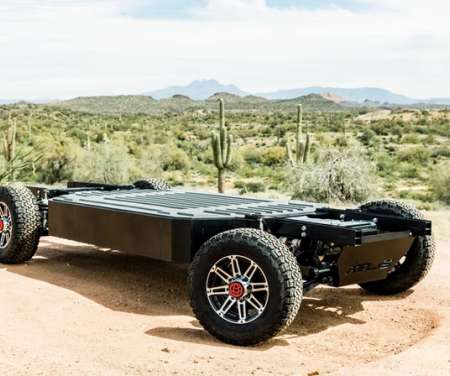


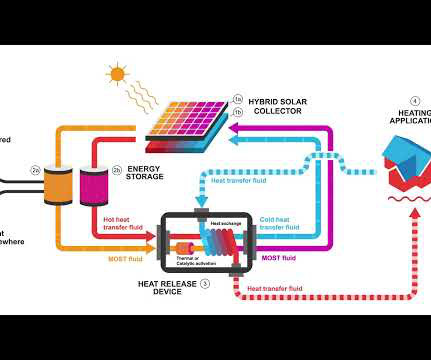





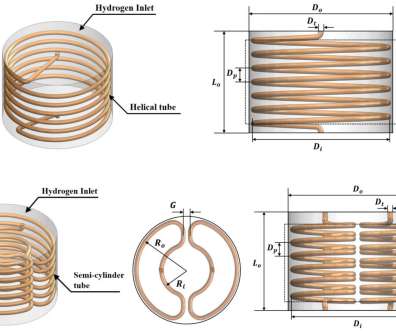

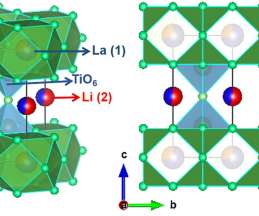



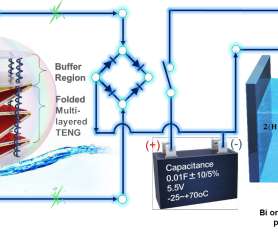


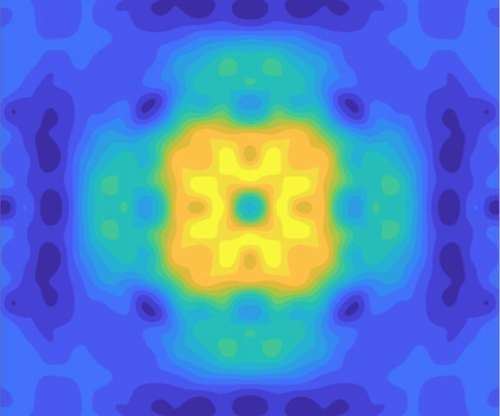






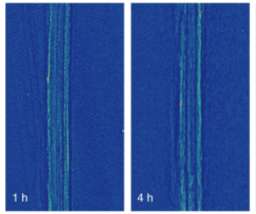
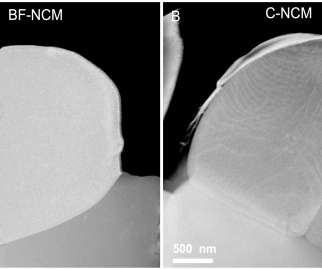




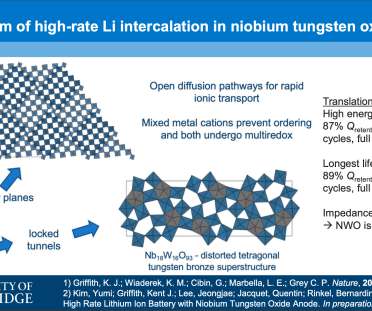







Let's personalize your content